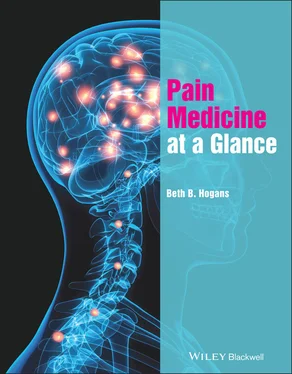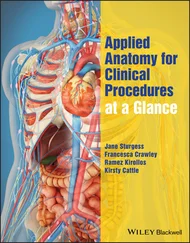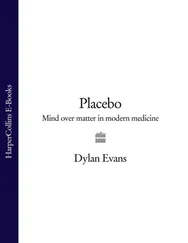
Figure 1.4 The numerical rating scale of pain severity (intensity).
Over the years, a number of other pain scales have been used for verbal adults including the ‘verbal descriptor scale’ (mild/moderate/severe), the visual analog scale (a bar with no tick marks), a 100‐point scale, and a pain thermometer. The NRS is currently the most widely preferred scale.
For children, it is important to conduct an age‐appropriate pain assessment. Infants and pre‐verbal children require behavioral pain scales, Chapter 50. For those with communication barriers, cognitive impairments, or dementia, situationally appropriate pain scales are necessary, Chapters 10and 51.
There are several scales used in research that were designed to assess various aspects of pain. The McGill Pain Questionnaire includes a list of 77 pain descriptorsorganized into 20 categoriesthat are grouped in major domains of sensory, affective and evaluative in nature, and ranging in intensity (Melzack 1975). For example, pain that is pulsatile, ranges from flickering to pounding. Reviewing this instrument can build awareness of the diverse qualitiesof pain descriptors. The Brief Pain Inventory (BPI) is another informative and widely validated pain assessment instrument (Cleeland 2017). The BPI asks about pain in terms of impact on various domains of function: sleep, mood, general activity, relationships with others, etc.; as well as rating pain intensity. Both of these scales are available on the web.
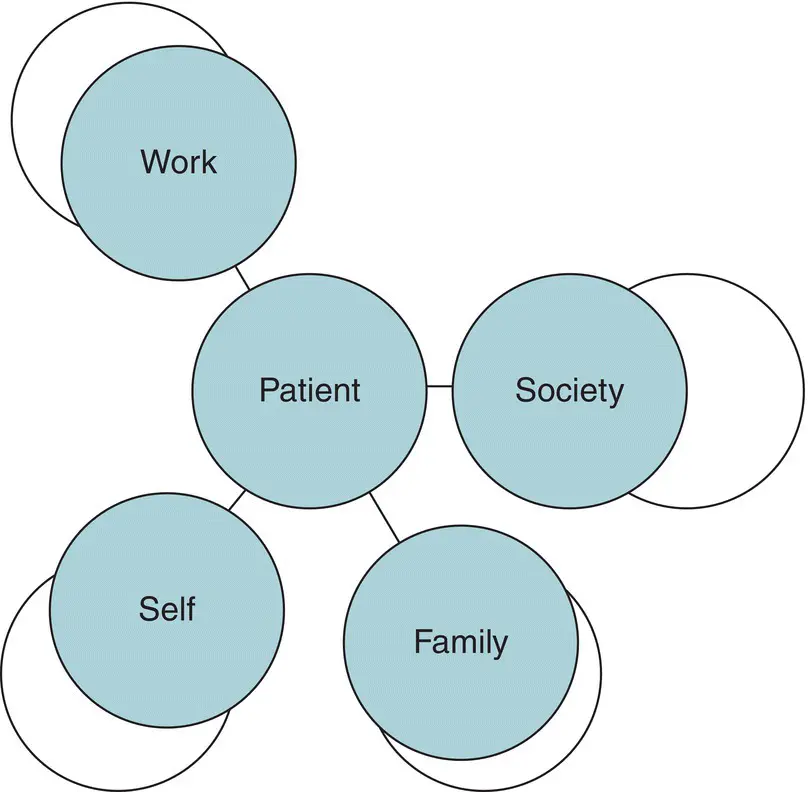
Figure 1.5 Pain interferes with function in multiple domains of daily functioning. A patient may experience varying degrees of impairment.
In a nutshell, pain is a major force in life and medicine. It determines many of the choices we make as we navigate potentially hostile and dangerous environments. In the absence of a functioning pain system, we cannot grow to adulthood without repeated traumatic injuries. Conversely, when the pain system goes awry and overamplifies pain, persistent suffering is the result. Through biomedical research and increasing patient‐centeredness in clinical care, tremendous strides in understanding and managing the pain system are occurring with implications for improved healthcare and patient satisfaction. In this book, you will encounter pain in many different aspects, and learn the beginning steps to assessing and treating pain safely and effectively.
Pain is prevalent and impacts all patient outcomes: learning about pain will improve your clinical performance, enhance your career satisfaction, and increase quality of life for you, and for your patients.
1 Cleeland, C. (2017). Brief pain inventory user guide. https://www.mdanderson.org/documents/Departments‐and‐Divisions/Symptom‐Research/BPI_UserGuide.pdf(accessed 17 December 2017).
2 Cox, J.J., Reimann, F., Nicholas, A.K. et al. (2006). An SCN9A channelopathy causes congenital inability to experience pain. Nature 444 (7121): 894–898.
3 Melzack, R. (1975). The McGill pain questionnaire: major properties and scoring methods. Pain 1 (3): 277–299. doi: 10.1016/0304‐3959(75)90044‐5. PMID: 1235985.
4 Raja, S.N., Carr, D.B., Cohen, M. et al. (2020). The revised International Association for the Study of Pain definition of pain: concepts, challenges, and compromises. Pain 2020 Sep 1;161 (9): 1976–1982. doi: 10.1097/j.pain.0000000000001939. PMID: 32694387; PMCID: PMC7680716.
2 Nociceptive processing: How does pain occur?
Nociceptive processing is the processing of pain‐related information by the nervous system, occurring at many levels. By understanding how pain is processed in the body, we can better understand patients' pain.
Both neuronsand gliaparticipate in nociceptive processing and responses to nociceptive inputs are shaped by geneticand environmental factors, explaining the tremendous variationin pain experience.
The nociceptive processing system is anatomically and functionally divided into four inter‐related components: transduction, transmission, perception, and modulation ( Figure 2.1). Normally, nociceptive processing serves to protect an organism. Unfortunately, fidelity in recognizing threats is sometimes lost, and misdirected activationresults in aberrant pain sensing(enhancement or loss). In this respect, the pain system is not unlike the immune system which can manifest disorders of excessive or deficient immunity, both causing substantial harm. Excessive pain, persistent pain, and deficient pain perception are all detrimental to health.
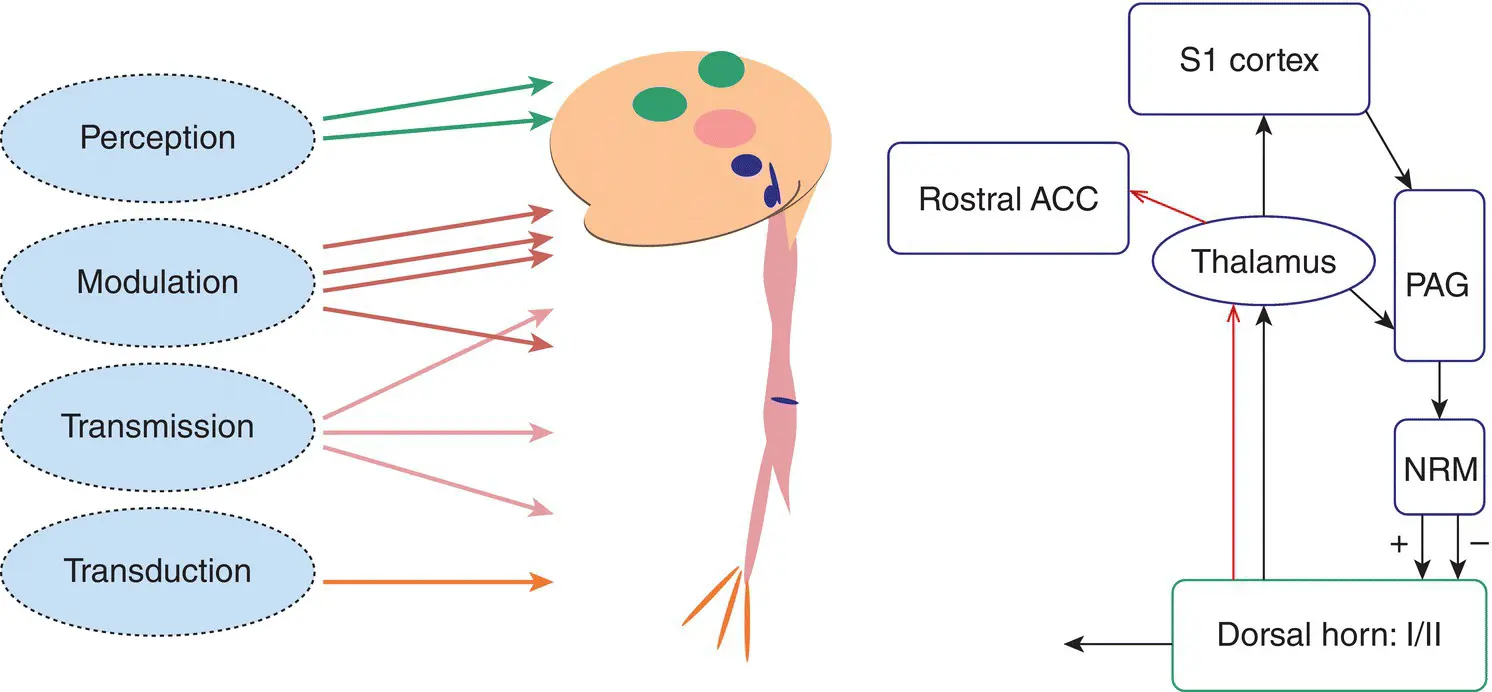
Figure 2.1 Simplified overview of nociceptive processing in the nervous system.
Pain perception normally begins with a noxious stimulus. Perhaps a thorn is encountered: nerve endings of thinly myelinated and unmyelinated axons respond. Many decades ago, there was vigorous discussion about the “ labeled line” hypothesis. The idea was that “pain” was encoded by specific nerve fibers and travelled in a dedicated pain system. With molecular biology, we know now that there are a wide variety of “labeled lines” each carrying signals of a particular flavor or nuance (Stucky et al. 2009; Ringkamp et al. 2013). For example, various transient receptor‐potential(TRP) channels are expressed in sensory neurons responding to high heat, medium heat, low heat, warm, and cold stimuli across the thermal spectrum, similar to the way that rods in the eye respond to different spectral intensities of light (Tominaga et al. 1998; Fernández‐Carvajal et al. 2012). Some of these thermal stimuli are clearly encoded as painful, some require co‐activation of other sensory afferents to produce a painful percept. Transduction occurs in response to different forms of stimulus, e.g. mechanical, thermal, chemical. Signaling ions enter the primary afferent peripheral nerve termination causing small shifts in membrane potential: the “ graded potential.” If the graded potential shifts the local membrane potential to threshold, action potentials volley into the afferent axon. Altered transduction by nerve endings in the target organ is an important part of inflammatory pain; mediators such as NGF, bradykinin, and protons can sensitize nerve endings, leading non‐ painful stimuli to produce pain.
Nociceptive signals are transmitted as action potentialsvia multiple structures in parallel and series. The primary afferent neuron, with cell body located in the dorsal root ganglion, extends axons peripherally and centrally from the sensory ganglion. Many nociceptive signals are transmitted by small nerve fibers of varying caliber. “First pain,” for example, is signaled by thinly myelinateda‐delta fibers that conduct action potentials at about 20 m/s. This means that an adult leg can be traversed in under 50 ms. So‐called “second pain” is signaled by unmyelinated C fibersthat conduct at 1 m/s and arrive at the spinal cord much later. Both fast and slow signals are transmitted to second order neurons in the spinal dorsal horn. The synapses are principally located about two anatomical levels rostral to the entry of the root into the spinal cord. Lumbar and sacral spinal roots terminate far rostral to the corresponding vertebra, with implications for spinal lesion localization. Cervical roots are much shorter. Altogether, nerves, spinal cord, brain stem, and cortical white matter are all involved in transmission.
Читать дальше
